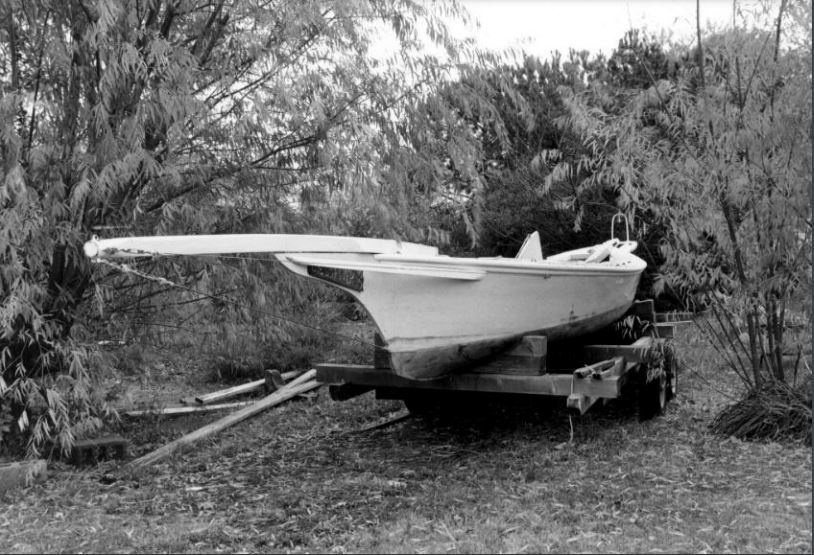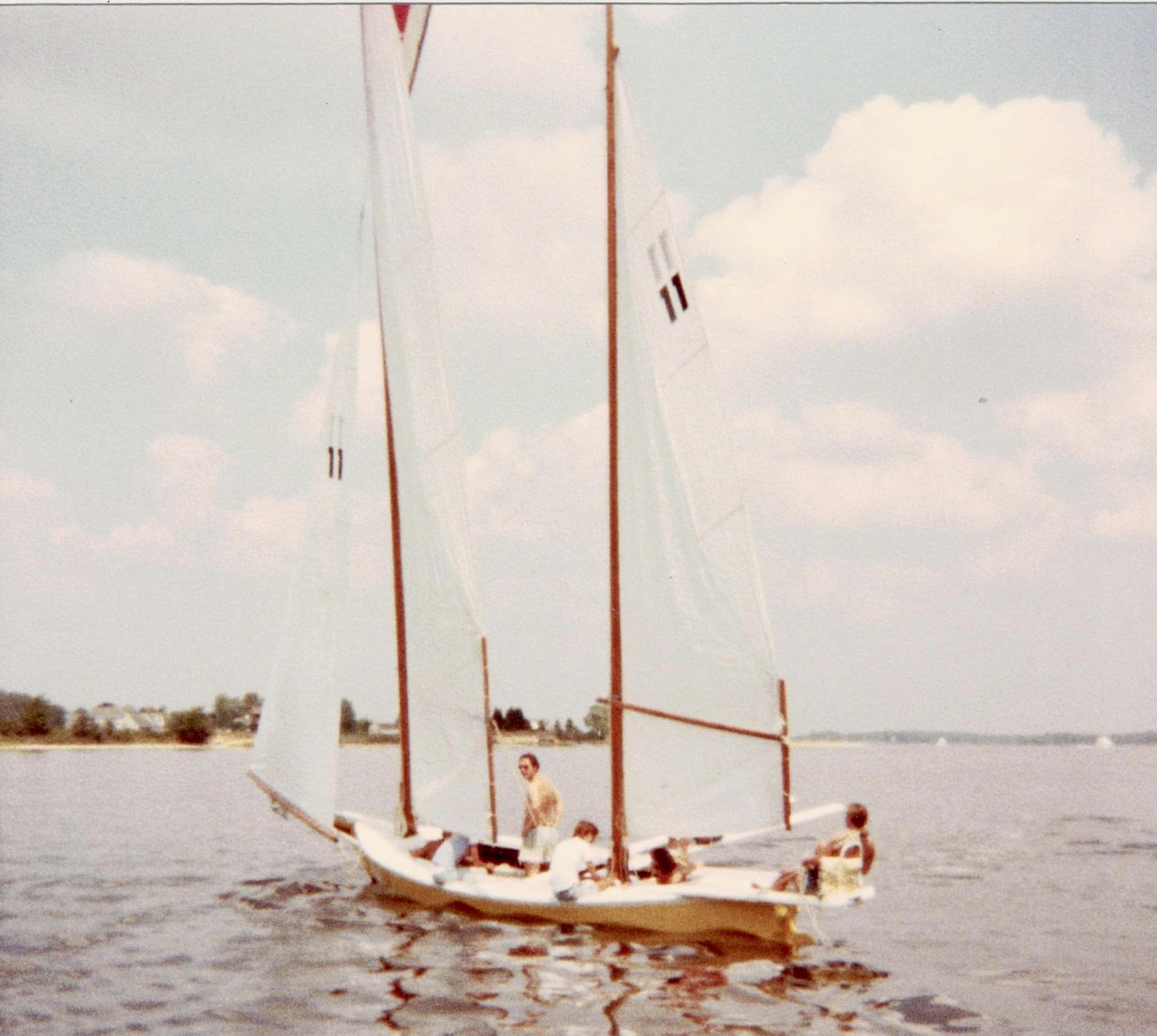Rover (log canoe) on:
[Wikipedia]
[Google]
[Amazon]


 ''Rover'' is a
''Rover'' is a


 ''Rover'' is a
''Rover'' is a Chesapeake Bay
The Chesapeake Bay ( ) is the largest estuary in the United States. The Bay is located in the Mid-Atlantic (United States), Mid-Atlantic region and is primarily separated from the Atlantic Ocean by the Delmarva Peninsula (including the parts: the ...
log canoe
The log canoe is a type of sailboat developed in the Chesapeake Bay region. Based on the dugout, it was the principal traditional fishing boat of the bay until superseded by the bugeye and the skipjack. However, it is most famous as a racing sa ...
, built in 1886 by the Thompson brothers in Chester, Maryland. She measures 28'-1" with a 6'-4" beam. She has a longhead bow, braced back to the hull, and a sharp stern. She is privately owned and races under No. 11 in Eastern Shore competition. She is one of the last 22 surviving traditional Chesapeake Bay racing log canoes that carry on a tradition of racing on the Eastern Shore of Maryland that has existed since the 1840s. She is located at St. Michaels, Talbot County, Maryland.
She was listed on the National Register of Historic Places
The National Register of Historic Places (NRHP) is the United States federal government's official list of districts, sites, buildings, structures and objects deemed worthy of preservation for their historical significance or "great artistic v ...
in 1985.
From: ''Tradition, Speed and Grace: Chesapeake Bay Sailing Log Canoes'' by John C. North II. Chesapeake Bay Maritime Museum, 2018.
"According to Bobbie Marshall of St. Michaels, she and her late husband, Marion C. “Junior” Marshall, purchased Rover in 1961 from Charles Grimes of Stevensville, Maryland. Grimes stated that the canoe was constructed about 1886 by the Thompson Brothers of Chester, Maryland, who also built Silver Heel. Rover was constructed as a workboat, and a motor was installed in her in 1902.
She was in terrible condition when acquired and was extensively rebuilt by Marshall and raced by him for the first time on Labor Day 1972. She was the only canoe in the fleet to be painted yellow.
Rover was poorly equipped for spars and sails and never won a race. She was known to capsize with some frequency and was called “rollover Rover.”
Her chief claim to fame was that she went to Washington, D.C., in 1976 to participate in the American Folklife Festival on the steps of the American Museum of Natural History. She was there for a week with crew members on hand to explain the wonders of a Chesapeake log canoe to the inquiring public."
References
External links
*, including photo in 1983, at Maryland Historical Trust Ships in Talbot County, Maryland Ships on the National Register of Historic Places in Maryland National Register of Historic Places in Talbot County, Maryland {{TalbotCountyMD-NRHP-stub